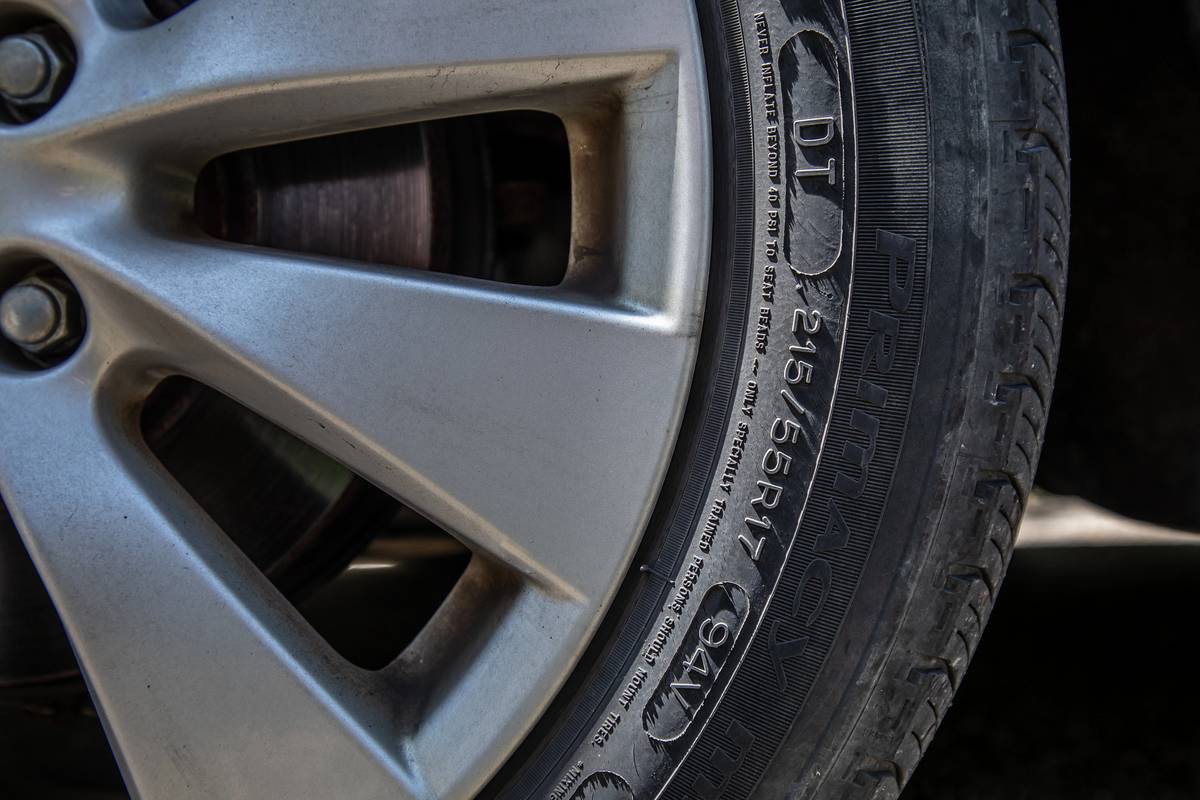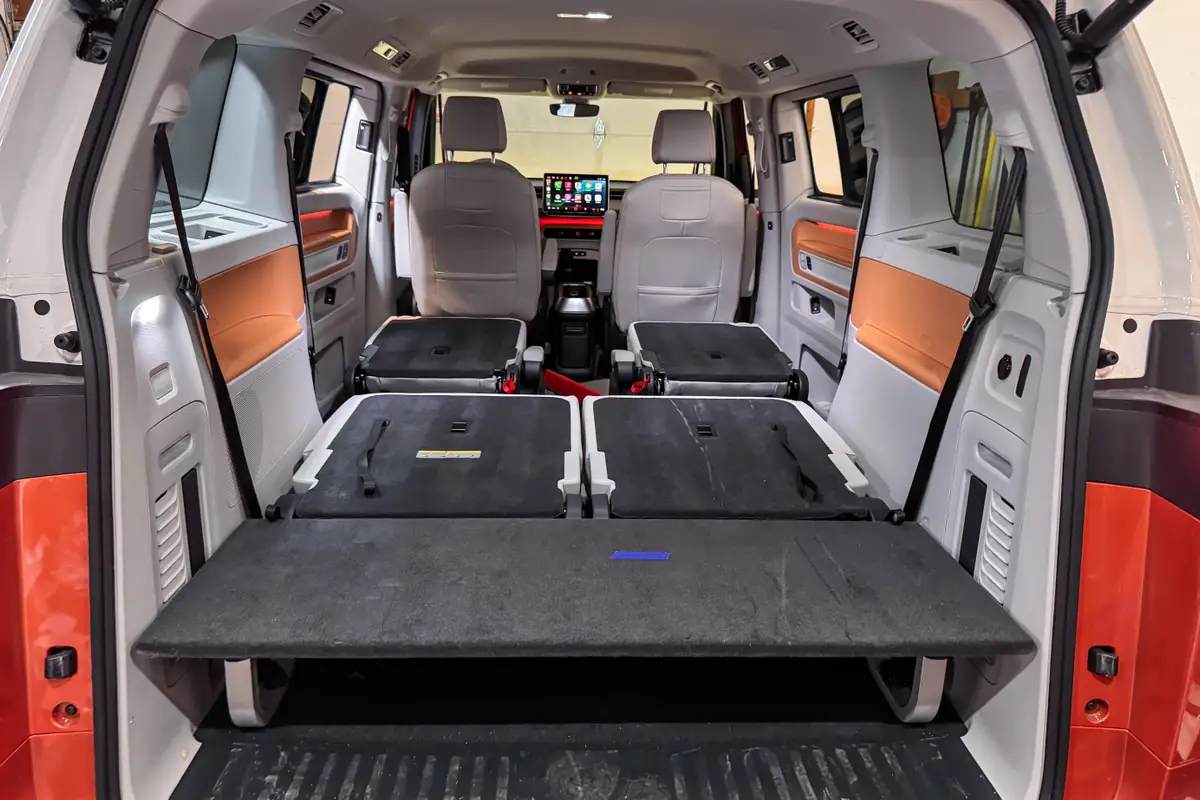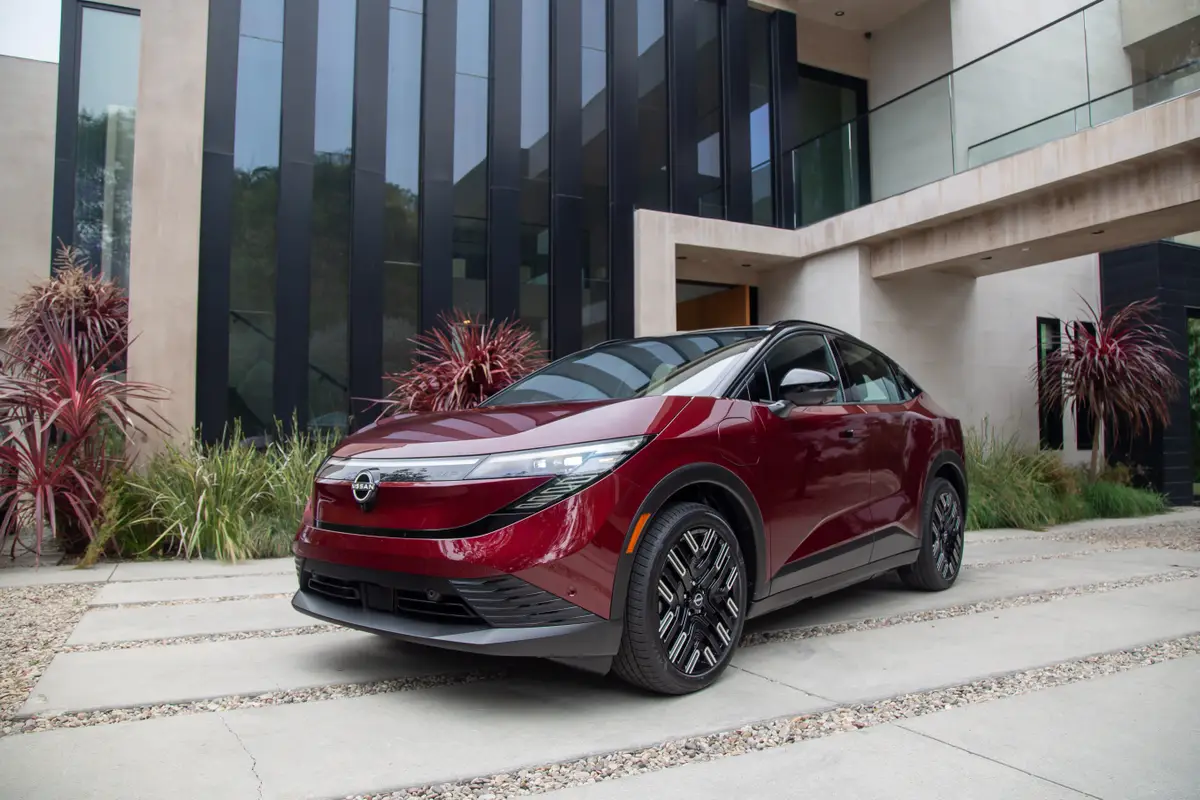How to Read a Tire Sidewall

Many vehicle owners think about their tires only when one goes flat or they discover that it’s time to buy new ones. When that happens, most are usually in the dark about what kind of tires they have other than the brand and model name embossed on the sidewall.
Related: Video: Tire Pressure 101
- ${price_badge()}
- ${ami_badge()}
- ${battery_badge()}${ev_report_link()}
- ${hot_car_badge()}
- ${award_badge()}
- ${cpo_badge()}
${price_badge_description}
${ami_badge_description}
The EV Battery Rating is based on this vehicle's current expected range relative to the vehicles expected range when new. ${battery_badge_text}
Certified cars are manufacturer warrantied and typically go through a rigorous multi-point inspection.
This car is likely to sell soon based on the price, features, and condition.
${award_blurb}
${award_two_blurb}
Shop the 2020 Hyundai Palisade near you


The sidewall, though, contains a lot of other information that consumers can use when shopping for tires. Get down on one knee for a closer look and you’ll find letters and numbers all over the sidewall. For example, you could have a P215/65R17 tire with a load index of 98, a speed rating of H and traction and temperature grades of A.
Does your brain suddenly hurt? Relax, here’s what it all means:
Dimensions
Tire sizes are expressed with three numbers. For example, on a P215/65R17 tire, 215 is the width of the tire in millimeters; 65 is the aspect ratio or profile, meaning that the height of the sidewall is 65% of the width of the tread; and 17 is the diameter of the wheel on which it is mounted. “P” means it’s a passenger vehicle tire (tires labeled “LT” are for light trucks), and “R” stands for radial, by far the most common type of tire construction.
Most passenger-vehicle and pickup-truck tires come with aspect ratios of 55, 60 or 65. Performance vehicles often have “low-profile” tires with aspect ratios of 50, 45 or less, so the sidewall isn’t as tall; in some cases, it almost looks like the car is riding on its rims.
Hurry Up and Weight
The load index and speed ratings are grouped together, denoted, for example, as 98H. The load index is a number that generally ranges from 75 to 105; the higher the number, the more weight the tire can support. The speed rating is expressed with letters, and there are several. Common examples are H and V: An H-rated tire can safely run at a sustained maximum speed of 130 mph and a V-rated tire at 149 mph. Other common speed ratings are S (112 mph) and T (118 mph). Performance vehicles may come with Z- (149-plus mph) or W-rated tires (168 mph).
Tires with higher speed ratings and lower aspect ratios tend to have better traction, so a V- or Z-rated tire is likely to have tighter grip in turns and shorter stopping distances than an H-rated tire.
Tread, Traction, Temp
Federal safety regulations require that all tires except snow tires and space-saver or temporary spares meet Uniform Tire Quality Grading standards for treadwear, traction and temperature. These ratings also are on the sidewall.
The treadwear rating is a comparative three-digit number, and the higher the number the longer the tread should last. For example, a tire with a treadwear rating of 600 should last 50% longer than one rated at 400. However, actual tread life will vary based on driving style, tire maintenance and other factors.
The traction rating represents the tire’s ability to stop in a straight line on wet pavement. AA is the highest rating, followed by A, B and C.
The temperature rating represents the tire’s ability to dissipate heat. A grade of C means a tire meets the minimum standard, and grades of B and A represent better heat dissipation. Heat reduces tire life, so a tire with a grade of A should last longer.
Inflation and Other Information
Take an even closer look at the fine print on a sidewall and you also will find information on the type of materials and construction; the maximum load rating and maximum inflation pressure; and a serial number, which is used to identify tires for warranty claims and recalls. Note that the maximum inflation pressure is not the same as the recommended pressure for normal driving; that information is on a placard usually found on the driver’s doorjamb.
More From Cars.com:
- What Does It Cost to Replace Wheels and Tires on a Hyundai Palisade?
- Coronavirus Car Care: How to Keep Your Unused Car Healthy During a Stay-at-Home Order
- Tire Damage on 2019 Genesis G70 Results in Close Shave
- Why Do I Need to Rotate My Tires?
- How Often Should I Rotate My Tires?
Cars.com’s Editorial department is your source for automotive news and reviews. In line with Cars.com’s long-standing ethics policy, editors and reviewers don’t accept gifts or free trips from automakers. The Editorial department is independent of Cars.com’s advertising, sales and sponsored content departments.
Featured stories




